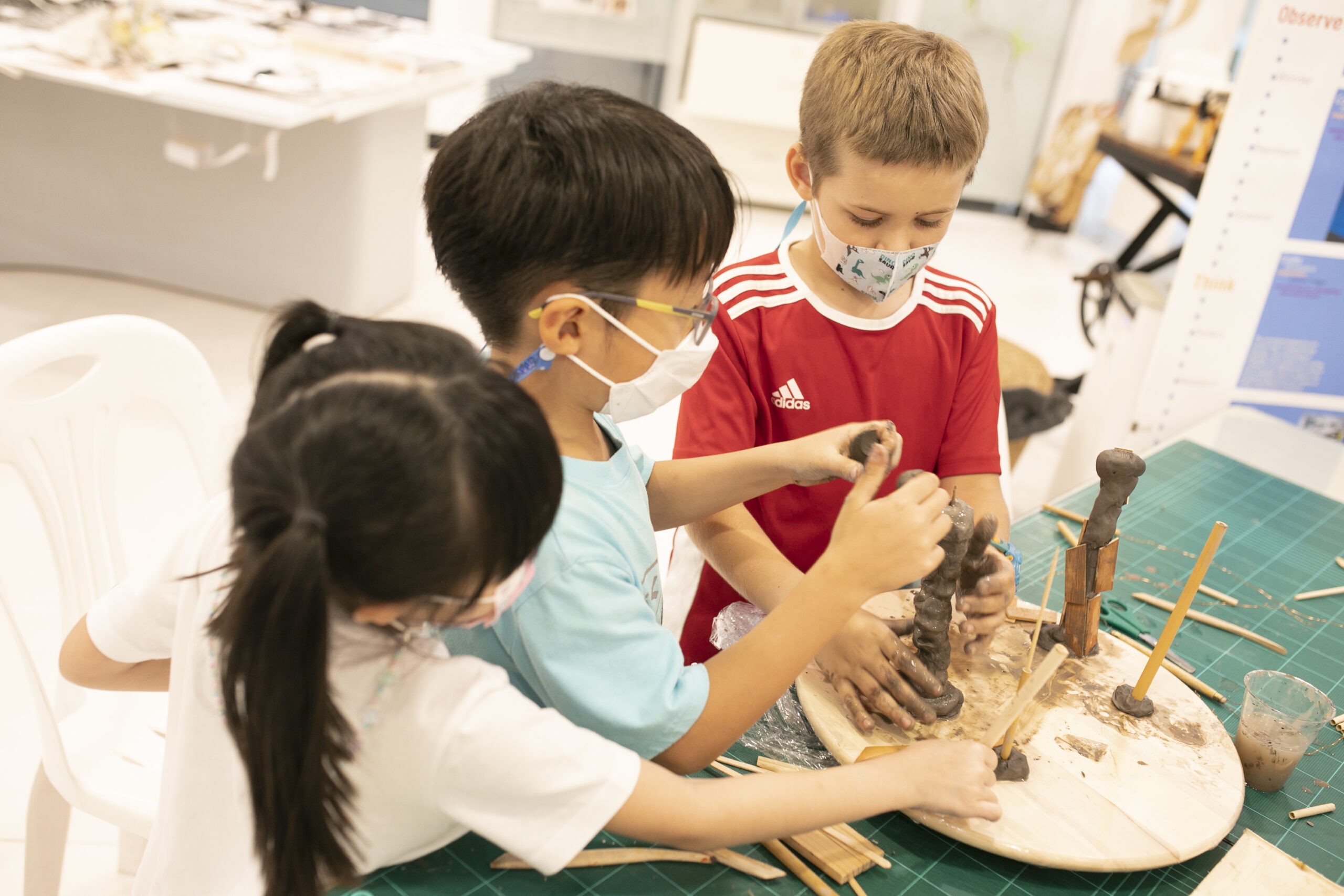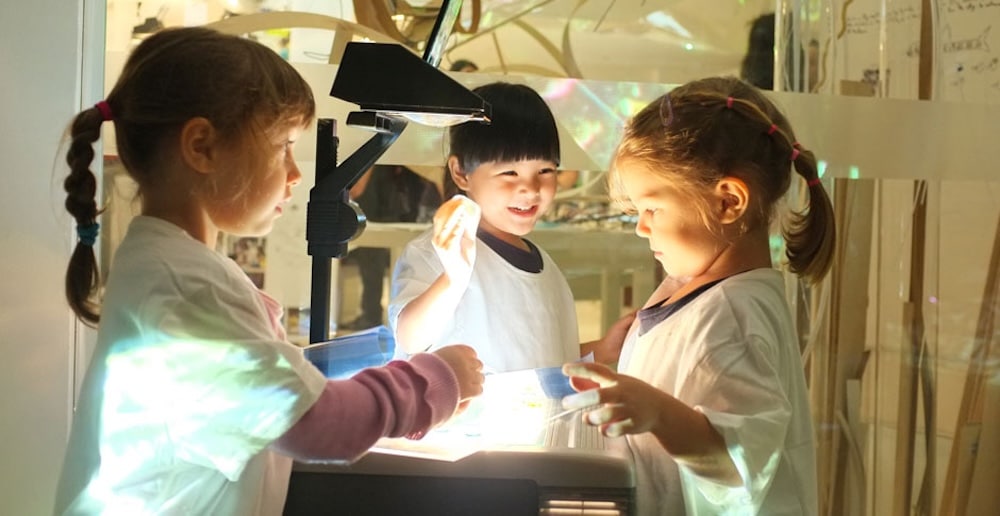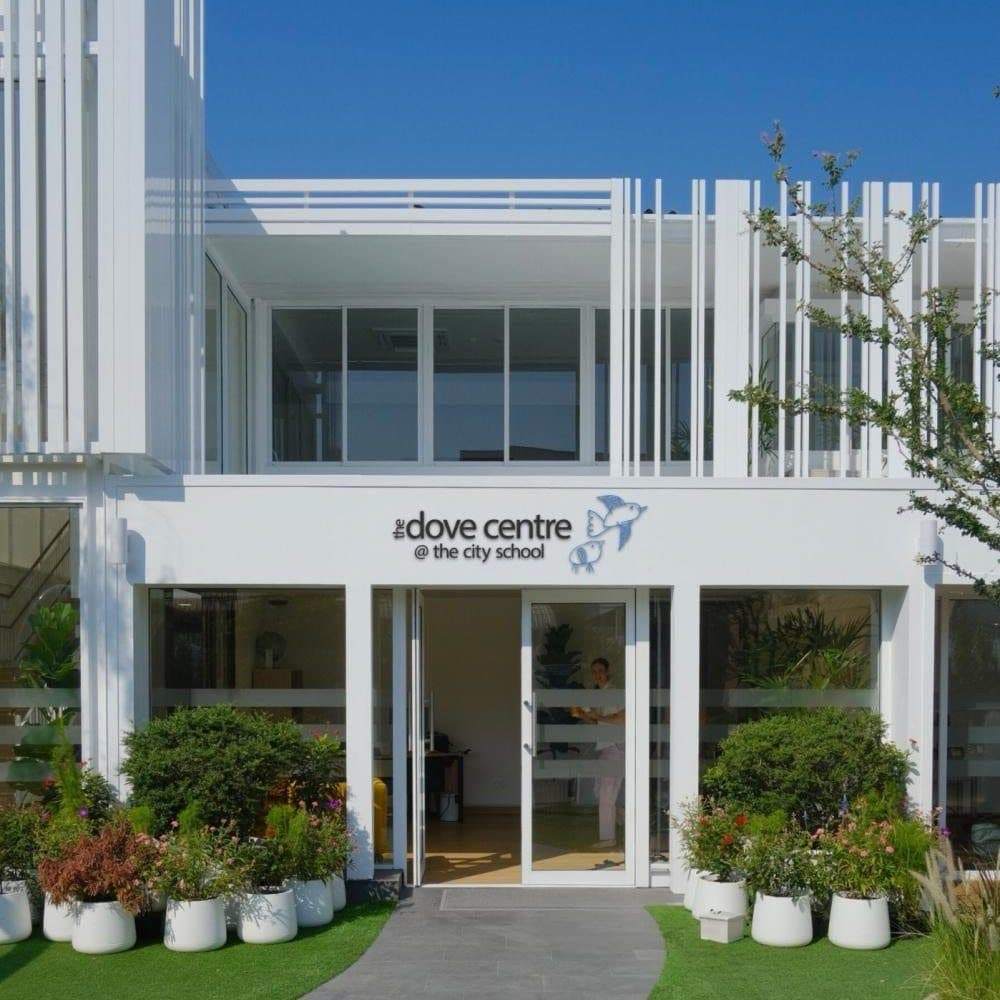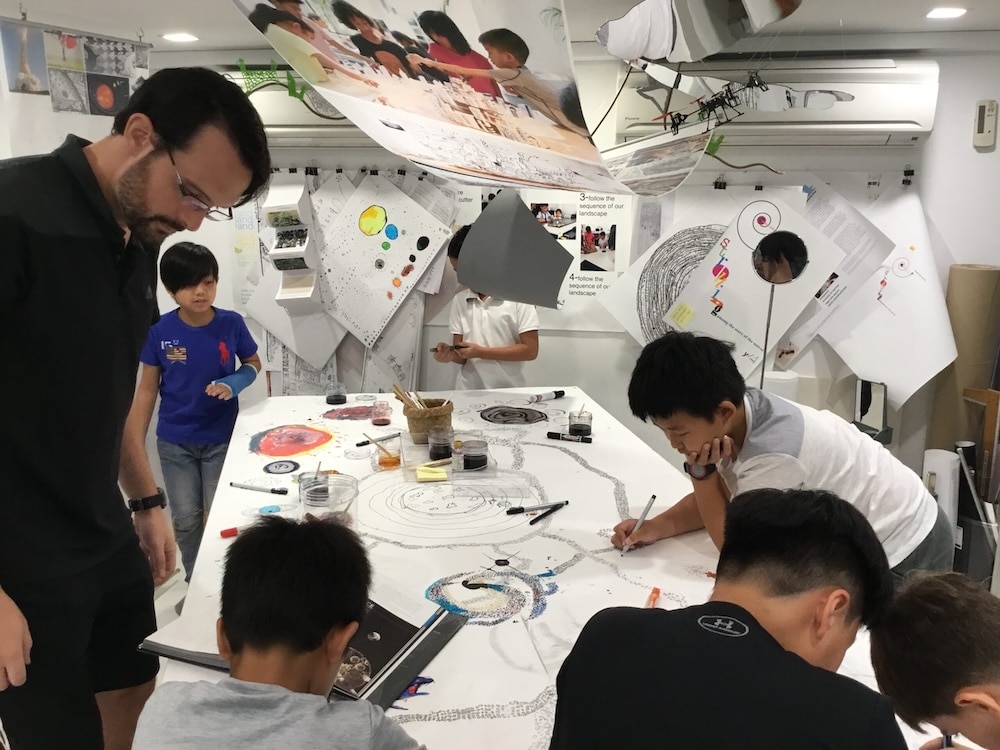An ‘atelier’ is a space for research in which children engage with a wide variety of materials and tools in ways designed to generate questions, inquiry, creativity, discovery, and invention. Whilst the atelier is a place where children can express their ideas using any number of creative and symbolic languages, it should not be mistaken for an ‘art’ or ‘technology’ studio in the traditional sense; it is more akin to a conceptual zone of research where children and adults co-construct knowledge through experimentation with a multitude of materials and tools, provoking conversations, investigations, and the development of ideas. In this respect, the atelier is a philosophical approach as much as it is a physical space; it is the fertile soil for the children’s interdisciplinary research. The atelier both effects, and is a product of, the interactions and developing relationships between children and adults. By virtue of this relational, collaborative approach, we focus on the formative aspects of our shared learning journey.
At ELC, we have eight working ateliers strategically placed throughout the school: Atelier of Nature; Atelier of Digital Technology & Media Communications; Atelier of Light; Atelier of Humanistic Mathematics; Atelier of Expressive Languages; Atelier of Future Artisans; Theatre of Imagination; and an Atelier of Water. Our resident ‘Atelieristas’ are individuals with professional backgrounds in the creative arts and technologies; he or she works with classroom teachers and coordinators to facilitate creation and innovation in empathy with the directions of learning and research projects, and is responsible for documenting the evolution of the children’s ideas and their communications, to which the atelier can respectfully adapt.
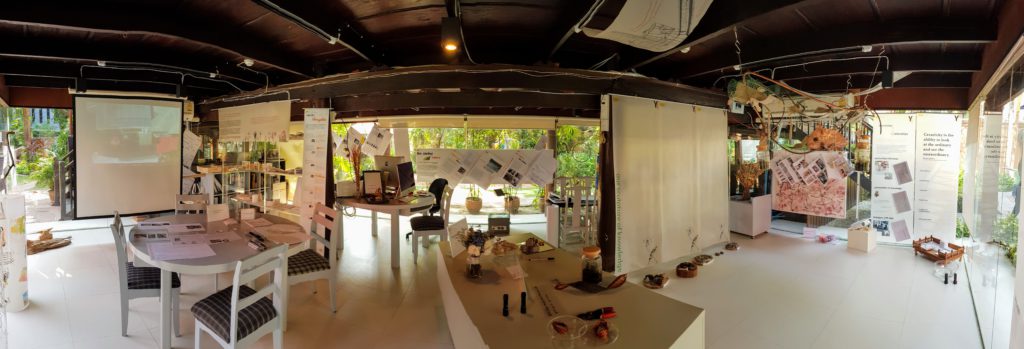
‘Alphabet of a Material’: Delving into the Atelier
In the atelier, children develop a ‘relational, empathic approach to materials’ (Pucci). Children are offered up many different types of materials -clay, wire, natural objects, paint, light, water, digital cameras, and so on – and these different materials afford different ways of thinking; materials themselves are intrinsic to the learning process as they help students generate new ideas and reflect upon their own thinking. A fundamental part of the interaction between the student and the material involves the development of what is called an ‘alphabet’ or ‘grammar’. ELC’s pedagogical consultant, Giovanni Piazza, has written extensively on this subject: ‘As the children use paper, clay, wire and so on, different alphabets will develop from different materials. As children use their minds and hands to act on a material using gestures and tools and begin to acquire skills, experience, strategies, and rules, structures are developed that can be considered a sort of alphabet or grammar.’ There are at once the natural characteristics and qualities of a material, but it is only through interaction with the material that an understanding of the ‘alphabet’ emerges; the children experiment and discover the range of possible transformations that the material can undergo. Once holding the knowledge of the ‘alphabet’ of a material, students can then know what can be offered and can make the most efficacious choices to draw on these alphabets in their own processes of representation and to elaborate their ideas.
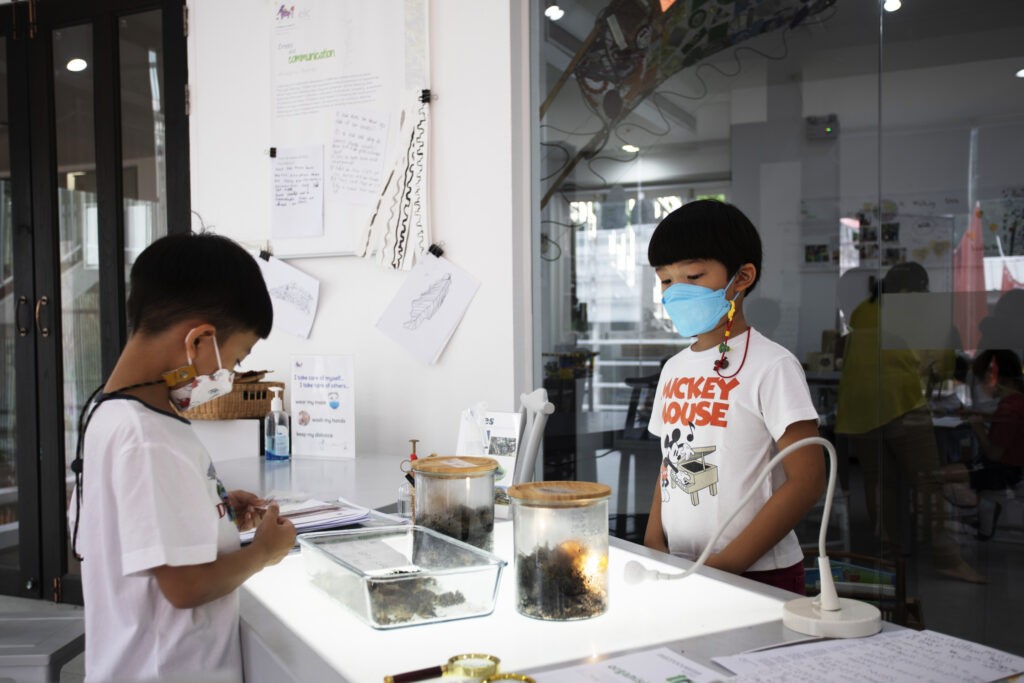
Aesthetics
A distinguishing feature of the atelier and how it is singularly critical to learning at ELC relates to the processes of knowledge-building and meaning-making it invites and nurtures. The atelier supports what is called the ‘aesthetic’ or ‘poetic’ ways of knowing and understanding (Vecchi). Sensory perceptions and sensory joys are powerful learning provocations, the ‘aesthetic’ bequeaths a way of seeing that makes for more complete experiential knowledge. But more than this, the power of the ‘aesthetic’ lies in its capacity to make connections. If it is commonplace to assume that art is ‘expressive’ and mathematics ‘ratiocinative’, then this is a failure of imagination; the atelier breaks down these rigidities and purported binaries of ‘rationality’ and ‘emotion’ and the compartmentalization of disciplines, and provides a space where the ‘aesthetic’ is encouraged across all disciplines. When we incorporate the aesthetic dimension into learning, we are stimulating the mind to make connections and patterns, it plasticizes the mind and cultivate an openness, generosity, and freedom in children. In this respect, it has been claimed that this pedagogical approach unifies ethics and aesthetics insofar as imagination and creativity contribute to our ethical ‘good’ (Vecchi). But arguably the ‘aesthetic-ethical’ gambit can be pressed further. The ethical and aesthetic are unified insofar as they transcend propositional language, ‘they do not signify, but rather simply ‘show’ (Stengel on Wittgenstein, 2004); so we might say that in welcoming the ‘aesthetic’, we necessarily respect the expression of the individual’s ethical perspective manifest in their learning journey.
